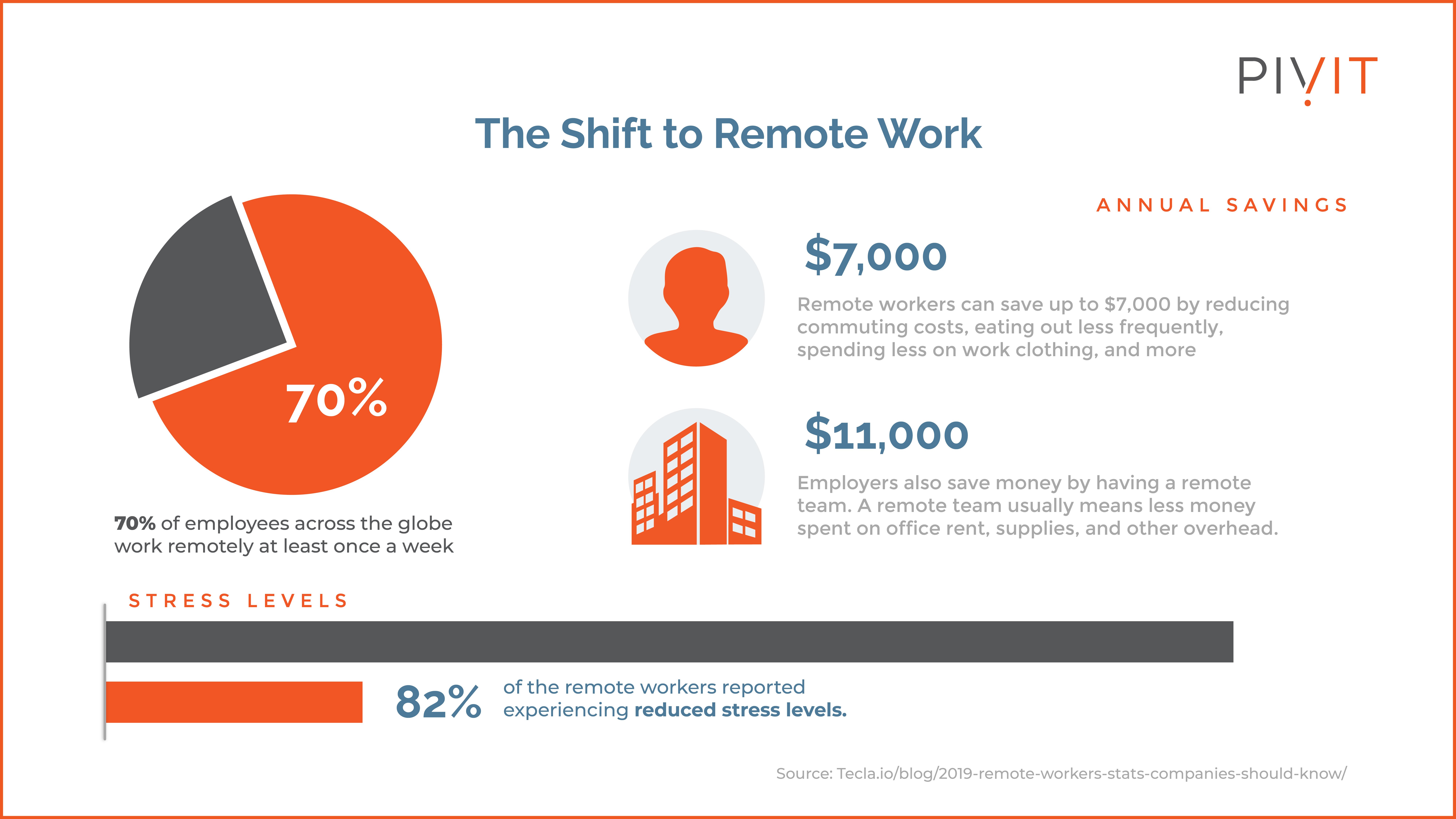3 Ways to Save on OpEx to Start 2023 on the Right Foot

The tech sector, which rode an unprecedented wave of growth in the aftermath of the COVID-19 pandemic, is now facing the brunt of a slow economy and high inflation.
Most enterprises will need to cut costs to protect their business from trouble. One of the first things you want to focus on when it comes to reducing costs is your operating expenses (OpEx). This often involves cutting staffing, but there are ways to reduce spending, especially IT, without letting people go.
Big tech companies like Meta have fired thousands of employees. Meta’s hiring freeze and eventual layoffs have more to do with their business decisions and increasing competition for ad revenue. However, the unfortunate reality as we go through early 2023 is that most enterprises will feel some kind of downturn.
So what can you do to remedy the situation? In this article, we will discuss the following:
- How to reduce maintenance expenditure.
- How to adopt remote work where you can.
- How to hedge with reductions in CapEx.
Not the article you were looking for today? Try these out:
- 3 Things to Consider Before Opting for OEM Storage Maintenance
- Are Used Servers Worth It? Breaking Down the Pros and Cons
- 3 Top Benefits of Efficient IT Asset Recovery and ITAD With PivIT
How to Reduce Maintenance Expenditure
A critical IT expense is maintaining infrastructure. The bigger or older your infrastructure is, the more it costs to support it. But the good news is that maintenance is one of the most manageable parts of OpEx to be cut down.
Depending on the size of your infrastructure, maintenance costs could range from tens of thousands to millions of dollars. Reducing costs by even a few percentage points can leave ample cash in your coffers to survive difficult times.
Here’s how you can reduce maintenance costs:
Negotiate With Providers
Chances are the deal you signed with OEMs is better for them than for you if that’s how your equipment is maintained.
It’s time to revisit the terms and negotiate prices. It’s a tough time for everyone, and OEMs aren’t immune to inflation or recession. So they may just be open to reducing maintenance costs.
Similarly, if you’re working with a third-party maintenance (TPM) provider, go back to the negotiation table and negotiate a better price. Leverage your infrastructure size and long-term commitment to get the best deal.
At the same time, don’t compromise on quality, as you don’t want short-term savings to become costly issues in the future.
Go For Short-Term Maintenance
Image Suggestion: Any case study or numbers from PivIT about short-term maintenance savings.
If maintenance agreements on some of your devices have ended, don’t just get rid of the equipment just yet, nor pay premium prices for maintenance for continuing. If you believe the equipment is running fine and has a good year or two left, you can go with short-term maintenance like that provided by OneCall (a couple of months to 12 months).
By opting for short-term maintenance on aging equipment, you can delay buying new equipment for the time being without risking failure as it’s backed by proper maintenance. When this short period ends and you’re in a better place financially, or the market is in better conditions, you can invest in new equipment.
Learn more about how short-term maintenance can bridge long lead times and help you save money.
Adopt Remote Work Where You Can
Working remotely during COVID-19 lockdowns was a necessity. However, since the economy opened back up and restrictions were lifted, many organizations have continued to use a remote work model or a hybrid model where employees work a few days of the week at home.

According to Global Workplace Analytics, employers can save $11,000 per year per employee who works remotely at least half the time. That can make a significant difference to your spending bottom line.
But for many IT enterprises, specific jobs are simply not feasible for remote work. For example, network engineers and administrators may not be able to work remotely as they need to physically access systems.
That said, you can increase the possibility of remote work by embracing automation. For instance, intent-based networking can reduce the involvement of network administrators significantly by following policy-based implementations.
To save significantly on remote work, you must classify which jobs can be performed remotely or partially. There will also be jobs that you can’t perform remotely. You may want to examine and analyze the impact on costs. Some positions may save you more money, while others may not make a significant difference.
Here are some tips for embracing a remote work environment:
- Create a remote work policy standardizing how employees communicate, share resources, and log in hours.
- Use tools, especially free and open-source ones, that facilitate remote work.
- Focus on security and train remote workers to follow the guidelines strictly to prevent network breaches.
- Create access limitations based on a “need to know” basis, so the employees can access only what they need remotely.
- Measure and analyze the success of your remote or hybrid work policy, as outcomes can vary by industry and enterprise.
Hedge With Reductions in CapEx
If you’re trying hard to reduce your OpEx and cannot make significant cuts, the next best thing is your capital expenditure (CapEx). What you’re spending more in OpEx can be balanced by spending less on CapEx.
In many ways, CapEx spending is more straightforward to cut than OpEx. According to Gartner IT Key Metrics Data, 25 percent of IT spending goes to CapEx. In times of growth, increasing spending on capital makes sense, but it may not be the best decision in times of high inflation and economic recession.
At the same time, you don’t want your CapEx to be zero, as you have to stay competitive even in challenging times and spend on acquiring new technology where the potential is maximum.
Here’s how you can reduce CapEx to hedge OpEx:
Prioritize Capital With Immediate Impact
With your budget tight and revenue plunging, you don’t want to make capital investments that will pay back in months or years. Instead, target capital spending, such as hardware procurement or software solutions, to bring cash into your pockets or reduce spending immediately. You can spend less on CapEx and help reduce your OpEx simultaneously.
Buy Used Equipment
A great way to reduce your spending on hardware is to go with used, refurbished, and certified equipment. Lead times for new equipment in 2023 are high. So instead of spending too much money on new equipment and waiting for it to be delivered, spend less on used equipment so that you can get your hands on it immediately.
It can also go the other way, as you can sell the equipment you no longer need to use for CapEx or OpEx according to your priorities. If you’re an enterprise that strictly adheres to end-of-service timelines, you can profit from selling off the equipment.
PivIT’s professional services include selling refurbished used infrastructure and buying back legacy equipment. You can significantly reduce your CapEx through these services.
Brace for 2023 With a Reliable Partner!
Things may not improve until late 2023 or even 2024, so businesses need to brace for expenditure cuts. Your OpEx likely makes up a significant chunk of your overall IT spending, so reducing it can make an equally important impact.
As we move through the year, you’ll need to evaluate your OpEx every quarter and make necessary adjustments to keep the ship afloat. PivIT can be your partner as you navigate these tough economic times, whether you want to cut down on hardware procurement, maintenance, or new project implementation.



